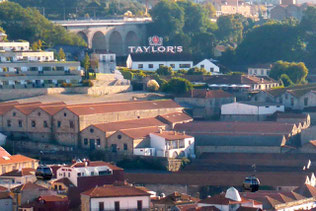Portugal
Port wine in Porto
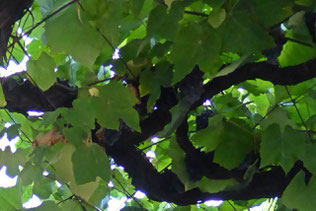
Portugal is known for its own fortified wine, port, and Porto is the centre of the port producing industry. A large area of land at Vila Nova de Gaia, on the opposite side of the Douro River from Porto, is dedicated to port wine production and is covered in the warehouses of several port cellars.
Porto, Portugal, and its bridges
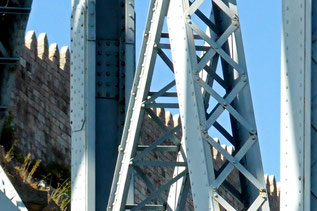
Porto is a port city on a river estuary, not far upstream from the Atlantic Ocean. As we approached Porto, I had a mental image of it on a low, flat, bank of a serpentine, meandering river like Brisbane or Perth, or London on the Thames. So, I was surprised when our bus crossed the Douro River on a bridge very high above the water. The Douro River, which runs adjacent to Porto, runs in a deep and, in places, steep-sided chasm before it meets the sea. Porto is, in part, built up the north side of the chasm.
Australians living in Portugal
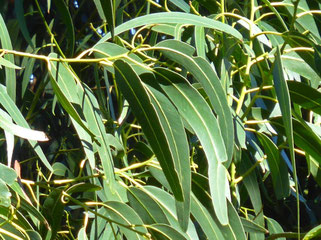
Our map showed that there was a large park near to our accommodation in Faro, so one afternoon we decided to walk down to it and have a wander around. Imagine our surprise to find hundreds of Australians living in the park! These Australians aren't new immigrants - they have been living here in the park for generations. That may sound pretty bad, but humans aren't the only species of Australians in Portugal.
Staying in Lagos
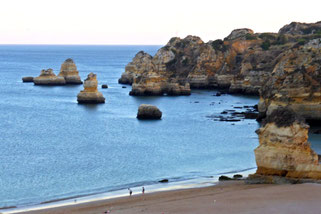
Our first night in Lagos, Portugal, was spent in an apartment called Casas da Barroca. That's Barroca, not Berocca. Berocca, if you remember from your youth (if you still have your youth, this may be a useful tip), is a vitamin B supplement that is rumoured to help you to get over a hangover; that's relevant, so read on to find out why.
Faro sea food
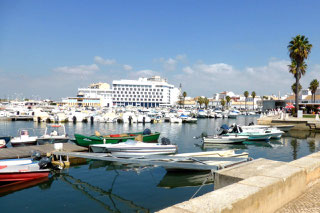
Portugal has a long coastline on the Atlantic, and, because of its shape, much of Portugal is close to the coast. This means that Portugal has a long history of eating sea food. We didn't get to the fish market in Faro, but if the fish market in nearby Cadiz, Spain, also on the Atlantic coast, is comparable, I'm sure it would have been marvellous.
Portuguese pavement
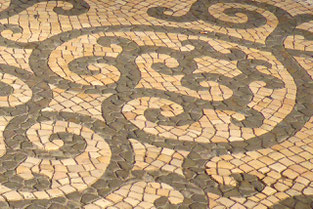
The pedestrian areas in the town centre of Faro, in Portugal, are paved with small, semi-regularly shaped stone tiles arranged into various interesting and beautiful patterns. This paving is a Portuguese speciality that was originally only used in Portugal and its invaded territories. These functional works of art and craft have intrigued me, and I'm looking forward to seeing more of them as I move around Portugal.
Faro, Portugal

We landed in Faro, Portugal two days ago and haven't seen a cloud since - a major point of difference from Ireland and Scotland! Its great to be back on the Iberian peninsula again. So much here in Faro reminds me of our time in Andalusia, Spain, in April - the white washed walls, the blocky style of the cathedral after all the gothic-style cathedral in the British Isles, the wide use of ceramic for decoration and street naming, the outdoor eating and the great food.


